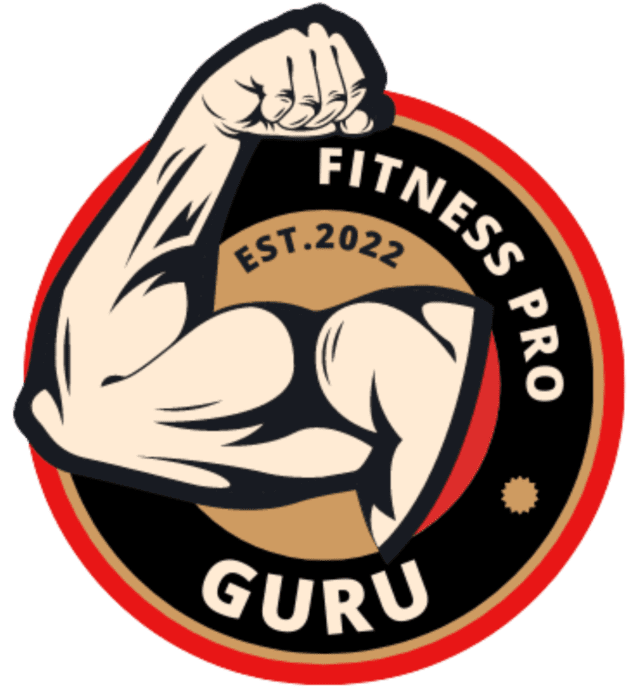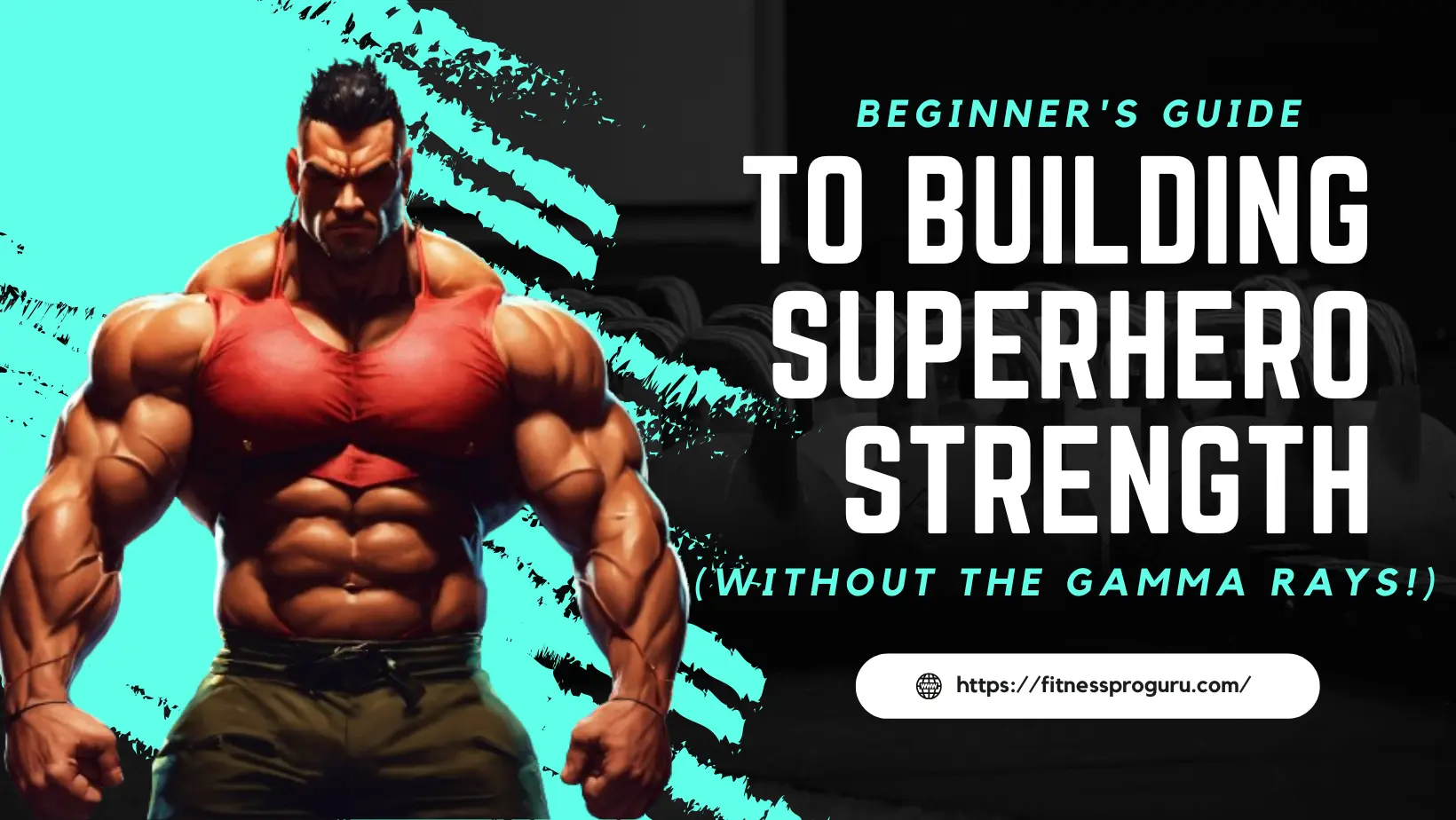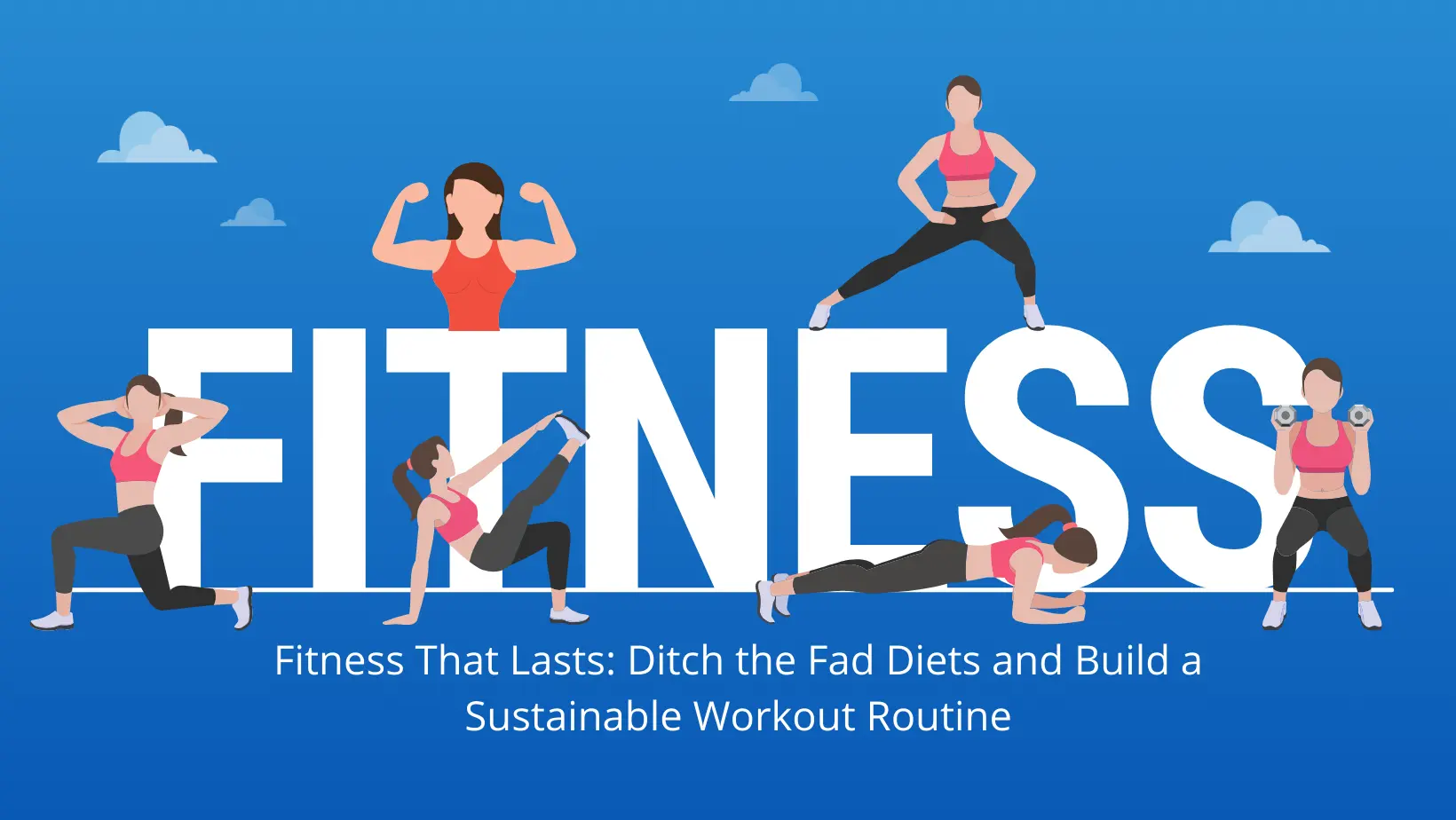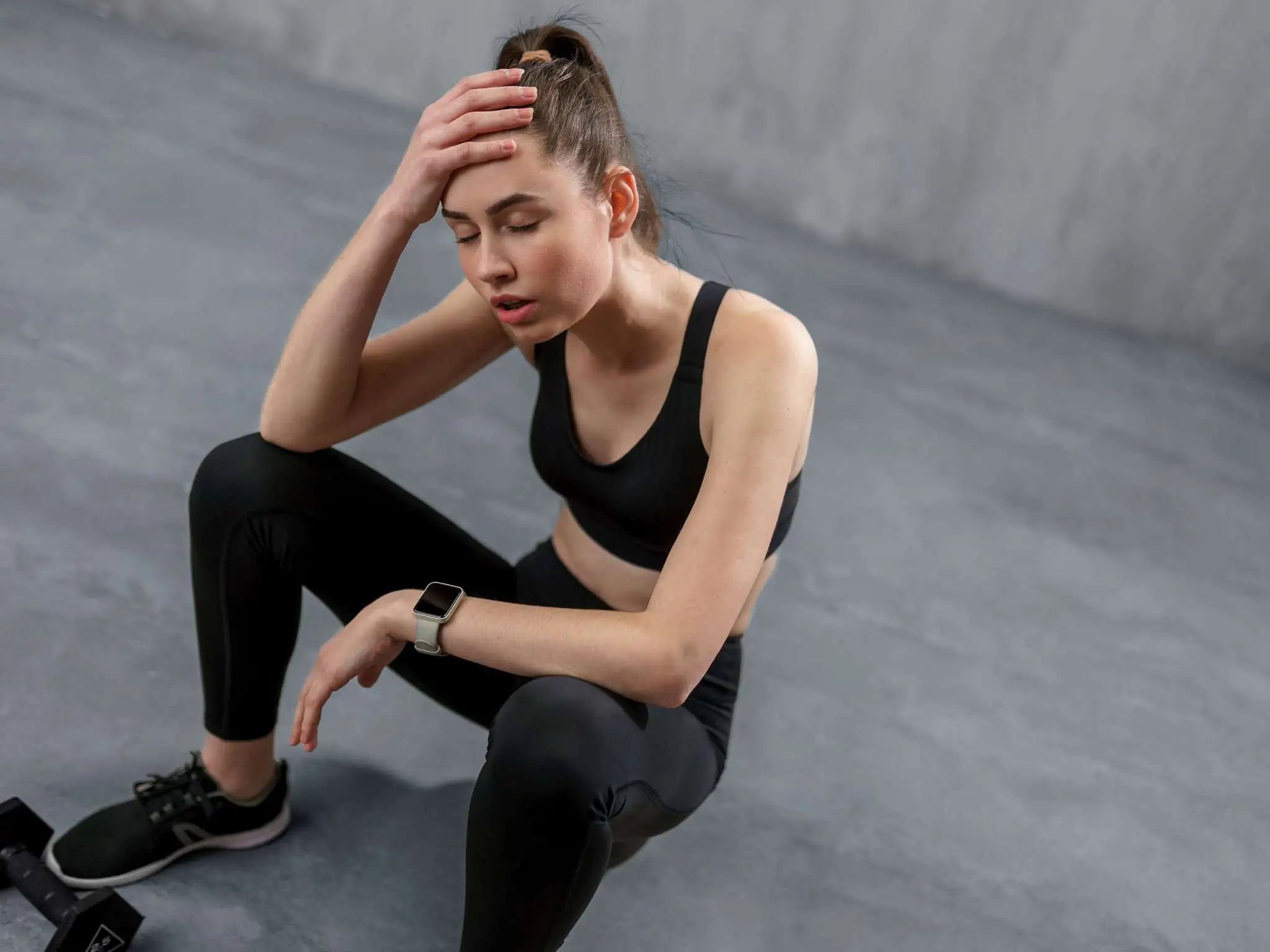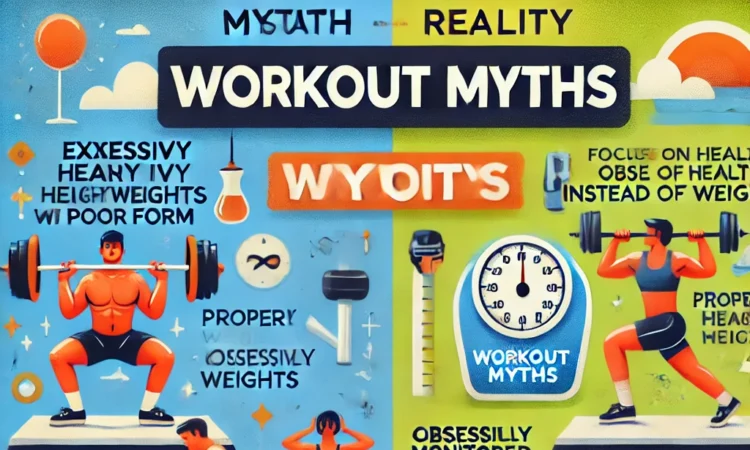
159views

There are many myths surrounding exercise and fitness, some of which have persisted for years despite evidence contradicting them. Here are several common workout myths in detail:
1. Myth: “You can spot-reduce fat.”
- Explanation: Many people believe that if they target a specific area of their body with exercises (like doing crunches to burn belly fat), they can reduce fat in that area. However, spot reduction is a myth. When you burn fat, your body loses it from all areas, not just the area you’re exercising. For example, doing abdominal exercises will strengthen and tone the muscles in your core, but it won’t specifically burn belly fat. To lose fat, you need to combine a healthy diet with overall weight-loss strategies like cardio and full-body strength training.
- Fact: Fat loss occurs through a combination of calorie expenditure (through activity) and a balanced diet, and cannot be specifically targeted.
2. Myth: “You need to work out for hours to see results.”
- Explanation: Some people think that long, drawn-out workouts are necessary for progress. While it’s true that intensity and consistency matter, you don’t need to spend hours in the gym to see results. Short, intense workouts (like HIIT or circuit training) can be highly effective in building strength, improving cardiovascular health, and burning fat in less time.
- Fact: Quality matters more than quantity. You can achieve excellent fitness results with as little as 20-30 minutes of focused, high-intensity exercise, depending on your goals.
3. Myth: “Lifting weights makes women bulky.”
- Explanation: This myth has been popularized by the misconception that lifting weights will automatically make women develop large, bulky muscles. However, women typically do not have the same levels of testosterone as men, which means they don’t naturally gain muscle mass at the same rate. Lifting weights will help women become stronger, and more toned, and improve overall body composition, but it won’t make them overly bulky unless they’re specifically training for that.
- Fact: Strength training helps with fat loss, muscle toning, and increased metabolism, without the risk of becoming “bulky” unless combined with a specific, high-calorie, muscle-building regimen.
4. Myth: “No pain, no gain.”
- Explanation: The belief that intense pain is required to see results often leads people to push their bodies beyond their limits. While some discomfort is normal when challenging yourself, pain can be a sign of injury or overtraining. It’s important to listen to your body and differentiate between the healthy burn of a good workout and actual pain that could cause damage.
- Fact: Effective workouts don’t require pain. Soreness may indicate that your muscles are recovering, but consistent pain can indicate a problem.
5. Myth: “Cardio is the best way to lose weight.”
- Explanation: Many people focus solely on cardio exercises like running, cycling, or swimming for weight loss. While cardio is important for cardiovascular health and can help burn calories, it’s not the most effective way to burn fat in isolation. Strength training (building muscle) can boost your metabolism, leading to greater fat loss over time. Additionally, a well-balanced approach that combines both cardio and strength training is typically more effective.
- Fact: A combination of strength training, cardio, and a proper diet is the most efficient way to lose fat and maintain muscle.
Fitness That Lasts: Ditch the Fad Diets and Build a Sustainable Workout Routine
6. Myth: “Stretching before a workout prevents injury.”
- Explanation: While stretching can improve flexibility and range of motion, static stretching (holding stretches) before a workout is not the most effective way to prevent injury. Research has shown that static stretching before exercise can temporarily reduce strength and performance. Instead, dynamic stretching (such as leg swings or arm circles) can help prepare muscles for movement and improve mobility.
- Fact: Dynamic warm-ups (e.g., leg swings, and walking lunges) are more effective before workouts. Static stretching is better reserved for after a workout when muscles are warm.
7. Myth: “You should work out daily to see progress.”
- Explanation: Many people believe that working out daily will lead to quicker results, but recovery is just as important as the workout. Rest days are essential for muscle repair, injury prevention, and optimal performance. Overworking the body can lead to burnout, overtraining, and a higher risk of injury.
- Fact: Rest days are crucial for recovery and progress. Most people can achieve great results with 3-5 days of exercise per week, depending on intensity and goals.
8. Myth: “Sweating means you’re burning more fat.”
- Explanation: Sweating is the body’s natural mechanism to regulate temperature, but it doesn’t necessarily correlate with fat burning. You can sweat heavily without burning much fat (e.g., in a hot environment) and, conversely, you may not sweat as much during an intense workout that is highly effective in burning fat (like strength training).
- Fact: Sweating is not a direct indicator of how many calories you are burning or how much fat you’re losing. The intensity and type of exercise matter more.
9. Myth: “Crunches are the best way to get a flat stomach.”
- Explanation: Crunches are often considered the go-to exercise for flattening the stomach, but they primarily strengthen the abdominal muscles, not burn the fat on top of them. To get a flatter stomach, you need to reduce body fat through overall fat loss, which can be achieved through a combination of healthy eating, cardio, and strength training.
- Fact: While crunches strengthen the core, reducing body fat and achieving a leaner stomach requires a holistic approach that involves diet and overall fat-burning exercise, not just targeted abdominal exercises.
10. Myth: “If you’re not out of breath, you’re not working hard enough.”
- Explanation: It’s common for people to believe that an effective workout must leave them winded or completely exhausted, but this isn’t always the case. While high-intensity exercise will likely make you out of breath, lower-intensity workouts (like walking or light cycling) can still offer significant benefits, especially for beginners or those focused on long-term, sustainable fitness. It’s important to choose exercises that match your fitness level and goals.
- Fact: Fitness progress can be made at various intensity levels. It’s important to find a balance that challenges your body while also being sustainable.
11. Myth: “You can’t build muscle after a certain age.”
- Explanation: It’s often assumed that after a certain age, muscle growth is no longer possible, but this is not true. While it’s true that muscle mass tends to decline with age, research shows that individuals of all ages can build muscle through strength training. Older adults often experience increased strength and functional independence with regular resistance training.
- Fact: Anyone, regardless of age, can build muscle with consistent strength training, even in their 60s or 70s.
12. Myth: “Strength training makes you stiff and inflexible.”
- Explanation: A common belief is that lifting weights will make you stiff and inflexible, but the opposite is often true. Strength training, particularly if done with a full range of motion, can improve joint mobility and flexibility. By challenging muscles to work through their entire range of motion, you can improve flexibility in those areas.
- Fact: When done correctly, strength training can improve flexibility and mobility. Incorporating full-body movements and proper form can help maintain or even improve flexibility.
13. Myth: “You should avoid carbohydrates if you want to lose weight.”
- Explanation: Many people believe that cutting carbs entirely is the key to weight loss. While reducing simple carbs (like sugar and refined grains) can help manage calorie intake, carbs are still an essential part of a balanced diet. Carbohydrates provide energy for your muscles during workouts, and eliminating them can lead to fatigue and hinder workout performance.
- Fact: A balanced approach to carbohydrates, with an emphasis on complex carbs like whole grains, fruits, and vegetables, can support your workouts and overall health while helping with fat loss when combined with exercise and proper calorie control.
14. Myth: “You need to take supplements to see results.”
- Explanation: Supplements are often marketed as essential for muscle growth, fat loss, or better performance, but the majority of your results come from your actual workout routine and nutrition. Supplements, such as protein powders or creatine, can be beneficial in some cases but are not necessary for most people to reach their fitness goals. Proper nutrition and a well-structured workout plan are far more important.
- Fact: Supplements can support your fitness goals, but they are not a substitute for hard work, proper nutrition, and consistent training. Focus on a balanced diet and training first.
Effective Strategies to Control the Greenhouse Effect: Mitigating Climate Change and its Impact
15. Myth: “More protein equals more muscle.”
- Explanation: Protein is indeed important for muscle recovery and growth, but consuming excessive amounts of protein will not automatically lead to greater muscle gains. Your body can only use a certain amount of protein for muscle repair and growth, and any excess is either stored as fat or excreted by the body. It’s essential to balance protein intake with the overall calorie needs and other macronutrients (carbs and fats) to optimize muscle growth.
- Fact: Protein is important, but muscle growth depends on overall diet, training intensity, recovery, and genetics, not just protein consumption. Aim for a balanced diet with an appropriate amount of protein based on your individual needs.
16. Myth: “You should always work out to failure for maximum gains.”
- Explanation: Training to failure, or pushing your muscles until they can’t complete another rep, is a popular technique for muscle growth, but it isn’t necessary for everyone. While some advanced lifters may use this method strategically, training to failure on every set can lead to excessive fatigue, longer recovery times, and even overtraining or injury.
- Fact: While occasionally training to fail can be effective, it’s not necessary for optimal progress. Most people can make great gains with moderate intensity and controlled effort, allowing for better recovery.
17. Myth: “Stretching after a workout prevents soreness.”
- Explanation: Many people believe that stretching after a workout helps reduce muscle soreness (DOMS – delayed onset muscle soreness), but research has shown that stretching post-workout doesn’t significantly prevent soreness. Soreness is more a result of muscle micro tears from a workout that is either new or intense for the body. Proper hydration, nutrition, and active recovery techniques (like light walking or foam rolling) are more effective.
- Fact: Stretching can improve flexibility but doesn’t significantly reduce muscle soreness. Focus on proper nutrition, hydration, and rest for recovery.
18. Myth: “Cardio is best for burning fat.”
- Explanation: While cardio is effective for burning calories, it’s not necessarily the best way to burn fat in isolation. Strength training, as well as a combination of both cardio and weight training, can be more effective for fat loss because muscle mass increases your metabolism and helps you burn more calories even at rest.
- Fact: A combination of strength training and cardio is the most effective way to burn fat. Strength training increases muscle mass, which boosts metabolism and enhances fat loss in the long run.
19. Myth: “If you’re not sweating, you’re not working hard enough.”
- Explanation: Sweating is often seen as a sign of a great workout, but it’s not necessarily an indicator of exercise intensity. Sweating is your body’s way of cooling down, and it’s influenced by several factors like the environment (temperature), humidity, your fitness level, and genetics. Some people sweat more than others even with low-intensity workouts, while others may not sweat as much during high-intensity exercise.
- Fact: Sweating is not a reliable indicator of how hard you’re working. Intensity and the type of exercise are more important for seeing results.
20. Myth: “Weight loss is all about willpower.”
- Explanation: Many people assume that weight loss is simply a matter of self-discipline or willpower, but there are many factors that contribute to weight loss, including genetics, hormones, sleep, stress levels, and overall health. Sustainable weight loss requires consistency, a balanced approach, and realistic goals, not just an intense focus on willpower.
- Fact: Weight loss is a complex process involving factors beyond willpower. It’s important to have a comprehensive approach that includes proper nutrition, exercise, sleep, and stress management.
21. Myth: “The more you sweat, the more fat you burn.”
- Explanation: Many people believe that sweating more means they’re burning more fat, but sweating is simply your body’s way of regulating temperature. It’s possible to sweat a lot without actually burning fat. For example, in hot conditions or while wearing heavy clothing, you may sweat heavily but not burn significantly more fat than usual.
- Fact: Fat loss is determined by the overall energy balance (calories in vs. calories out) rather than the amount you sweat. Intensity and duration of exercise, as well as diet, play a bigger role in fat burning.
22. Myth: “You should avoid all fats if you want to lose weight.”
- Explanation: Fat is often demonized in many diet plans, but not all fats are bad. Healthy fats (like those found in avocados, nuts, seeds, and olive oil) are crucial for hormone regulation, brain health, and nutrient absorption. Cutting out fats entirely can lead to nutrient deficiencies and hinder overall health.
- Fact: Healthy fats are important for your overall well-being and can support weight loss when consumed in moderation. Focus on consuming good fats and balancing them with proteins and carbohydrates.
23. Myth: “You have to do cardio on an empty stomach to burn fat.”
- Explanation: The idea behind fasted cardio (exercising on an empty stomach) is that it forces your body to burn fat for fuel. While there is some evidence that fasted cardio may increase fat oxidation during exercise, the effect is minimal and doesn’t necessarily lead to more fat loss in the long term. What matters most is the total amount of calories burned and how you manage your overall diet and exercise routine.
- Fact: Fasted cardio is not necessary for fat loss. It’s more important to focus on creating a calorie deficit and maintaining consistency with your exercise and eating habits.
24. Myth: “Running is bad for your knees.”
- Explanation: Some believe running causes knee damage, but research shows that running, when done with proper form, shoes, and technique, is good for joint health. It can help strengthen the muscles around the knees and increase bone density. However, improper running mechanics, overtraining, or not warming up can lead to injury.
- Fact: Running itself isn’t inherently bad for your knees, but it’s important to pay attention to proper form and gradually increase your mileage to prevent injury.
25. Myth: “You can’t exercise if you’re sore.”
- Explanation: While it’s important to rest when you’re experiencing severe muscle soreness or pain, moderate soreness (DOMS) is common after a tough workout and doesn’t necessarily mean you need to rest completely. Light activity, such as walking, swimming, or doing yoga, can help reduce muscle stiffness and promote recovery.
- Fact: Mild soreness doesn’t mean you should skip exercise altogether. Active recovery can help alleviate stiffness and improve circulation to the muscles.
Conclusion:
Exercise is complex, and many myths can lead people down the wrong path. It’s essential to seek out evidence-based information and tailor your workout routine to your specific goals, body type, and fitness level. By busting these myths, you can develop a more effective and sustainable fitness plan that will help you achieve lasting results.
add a comment
